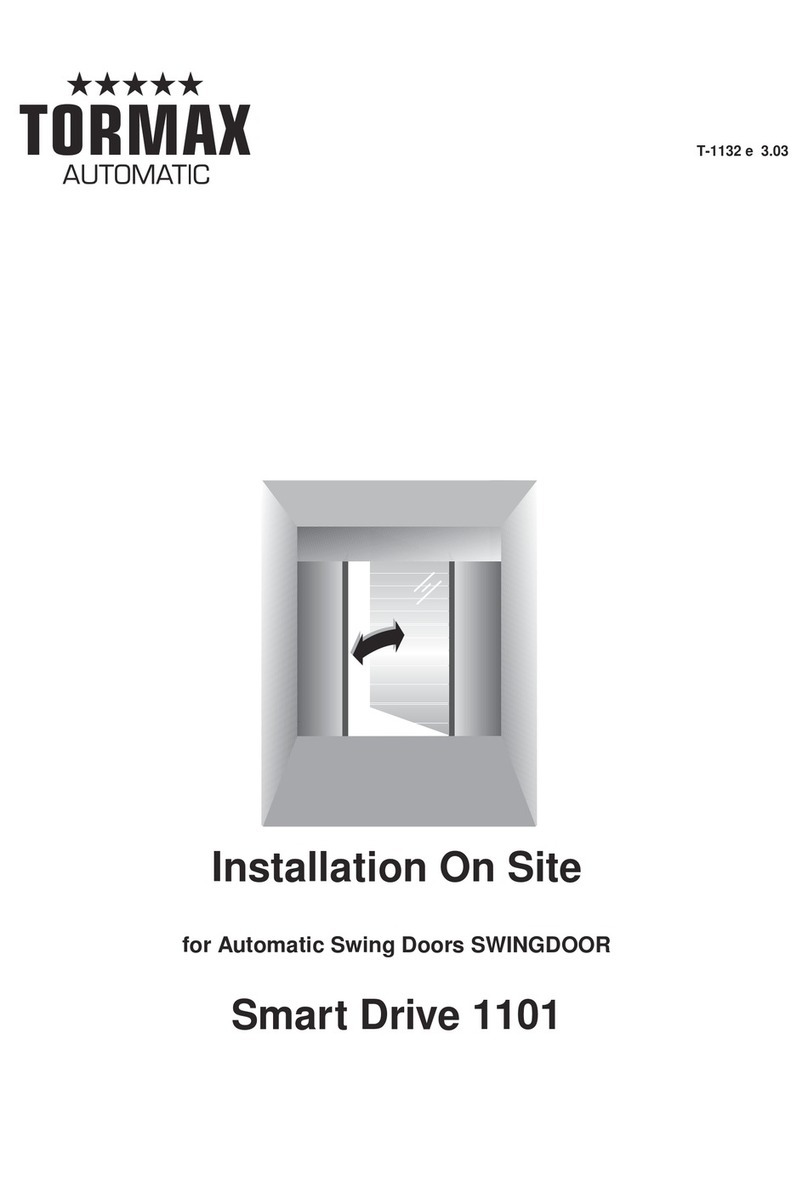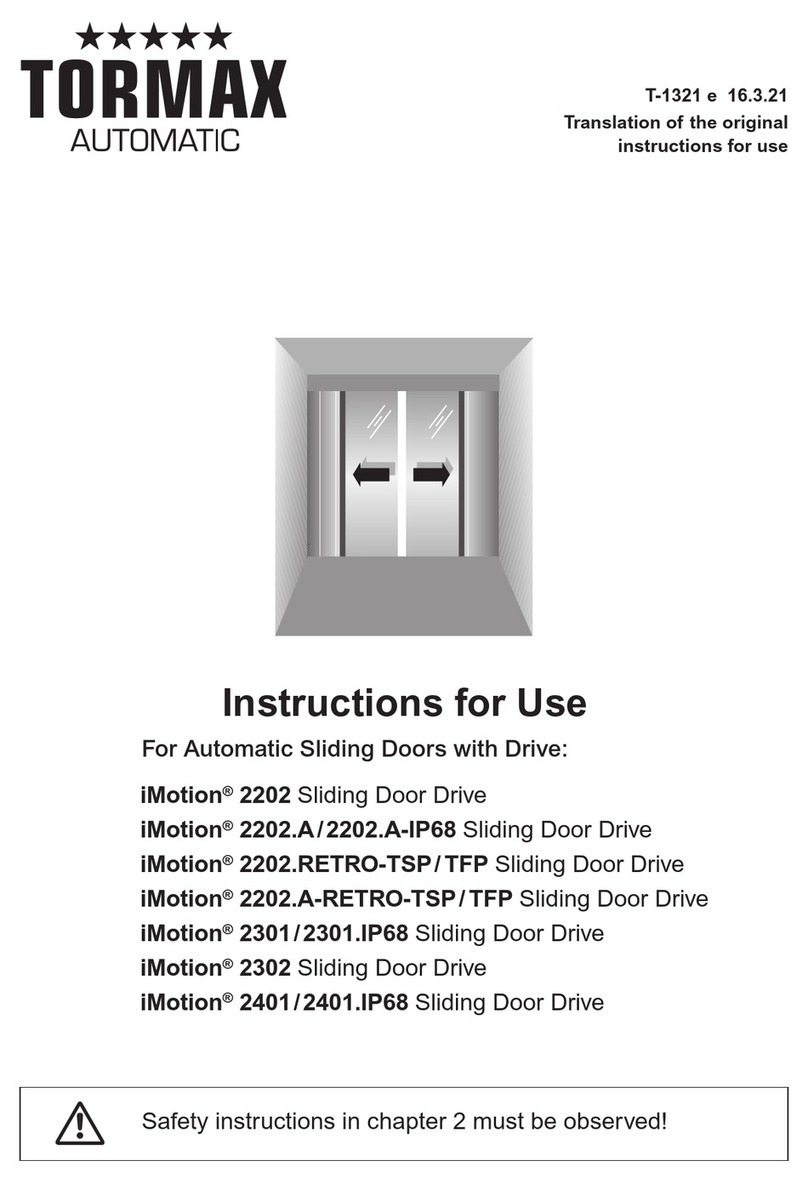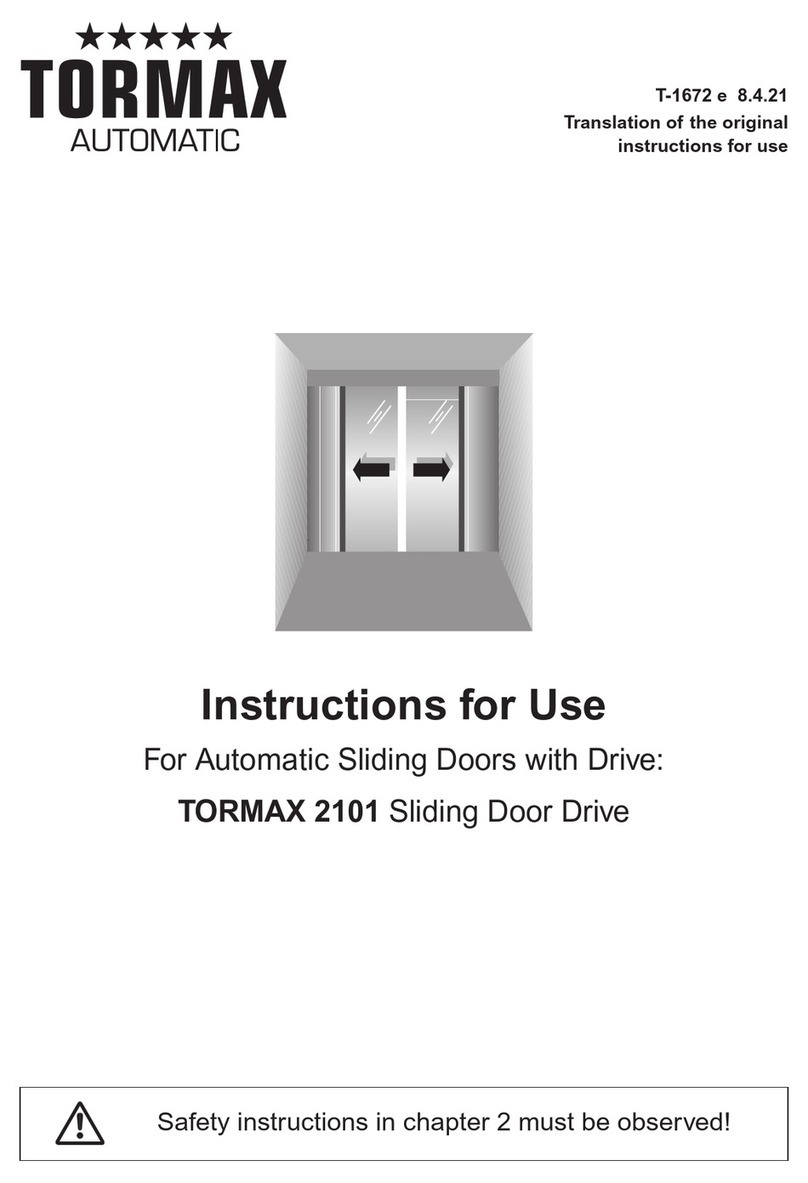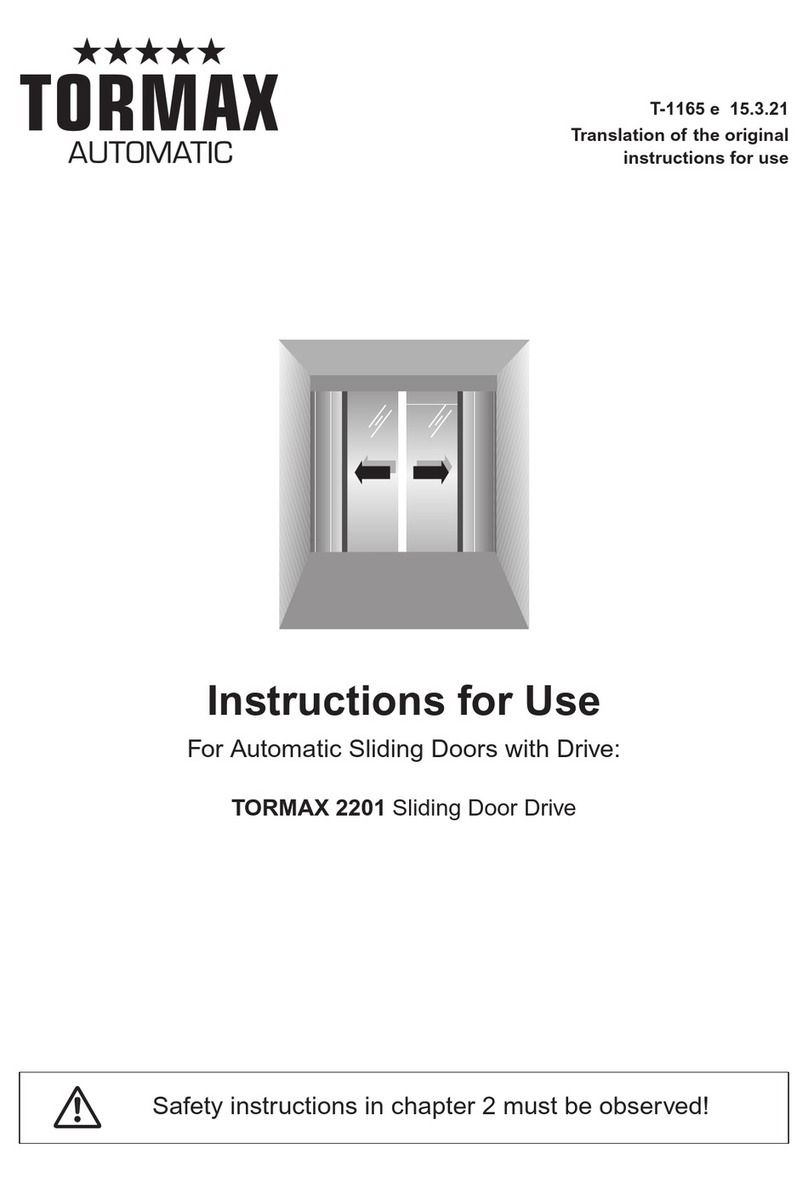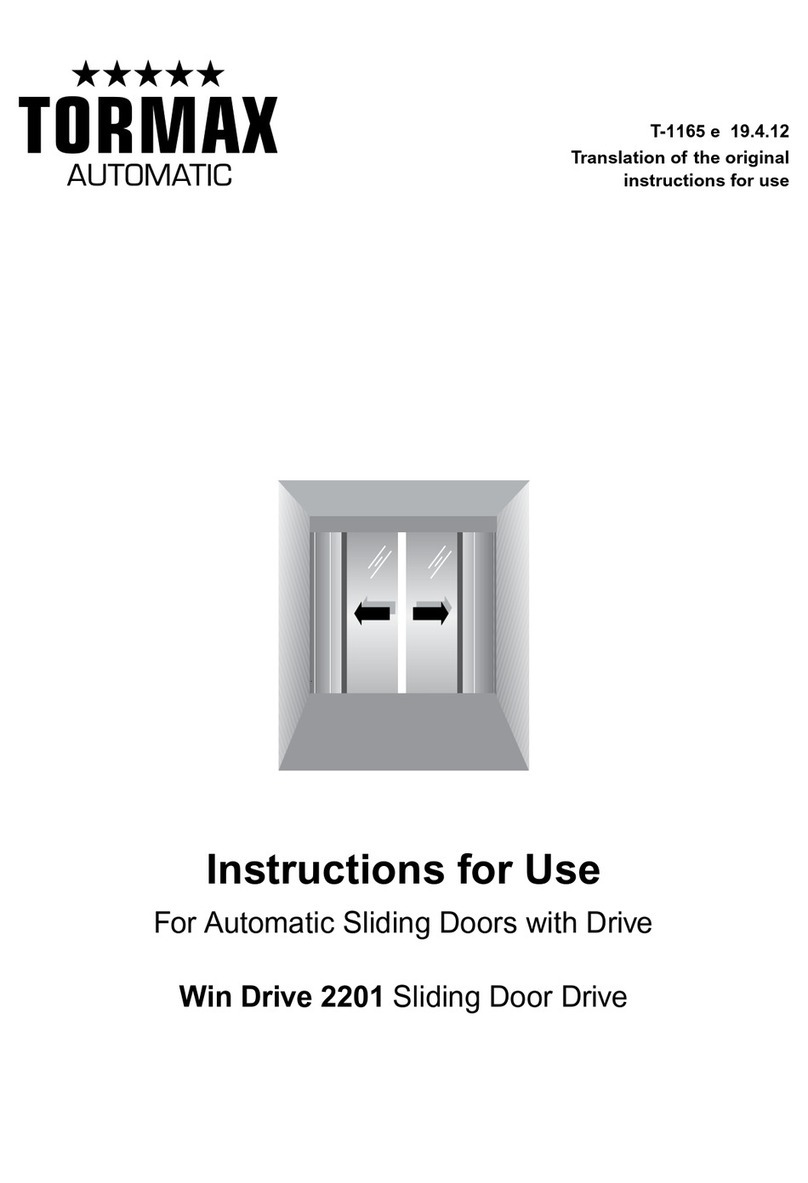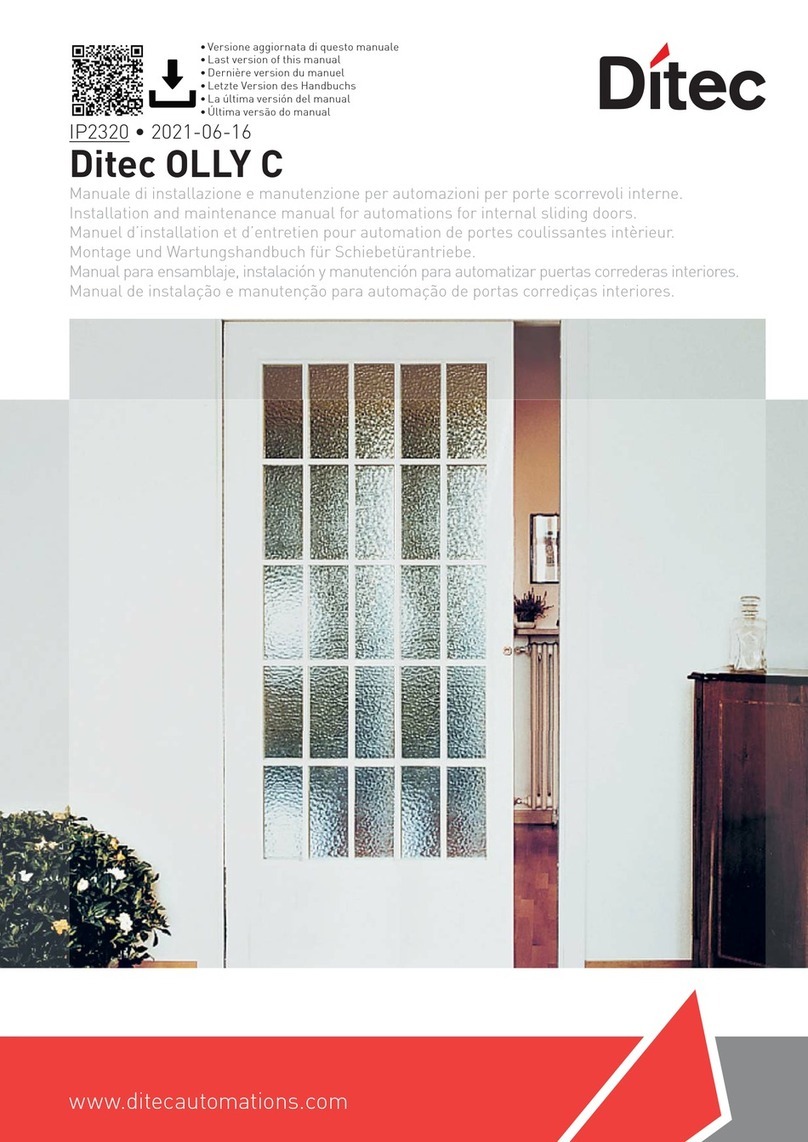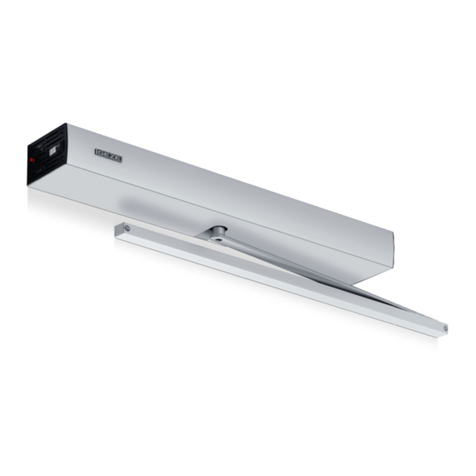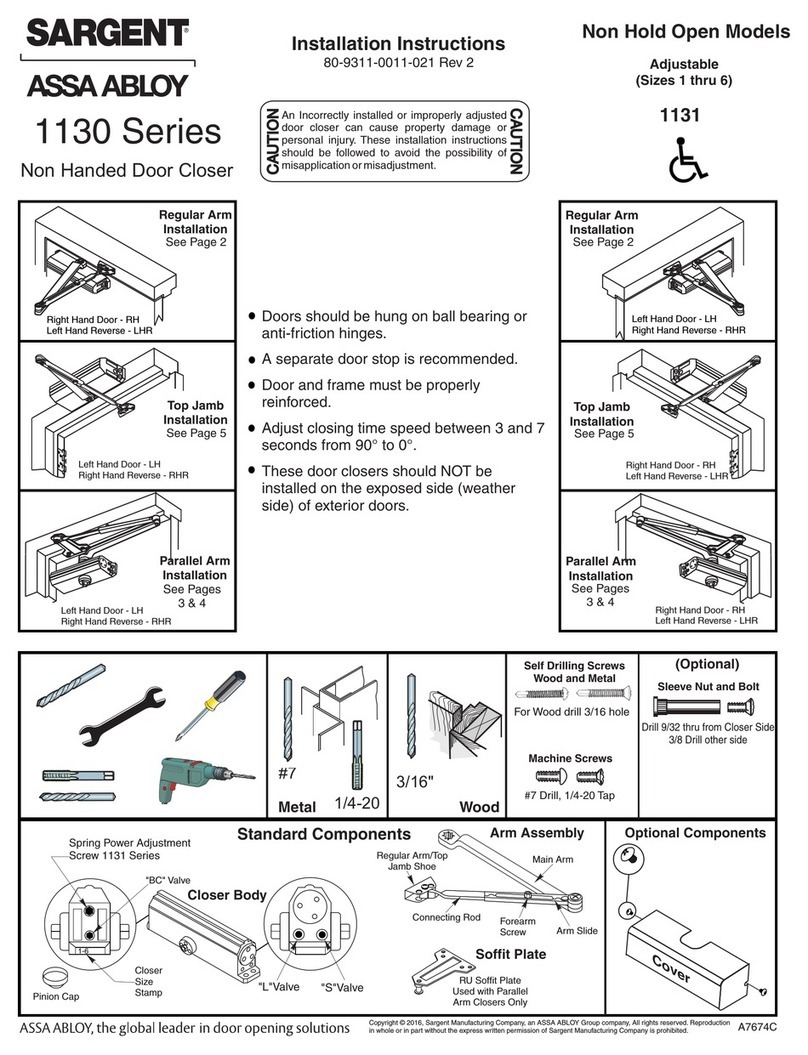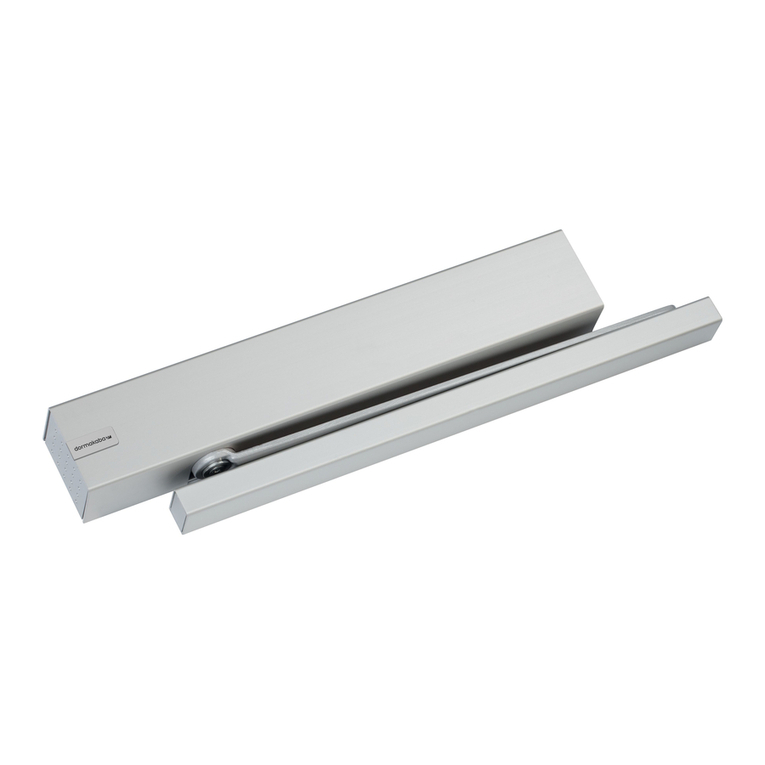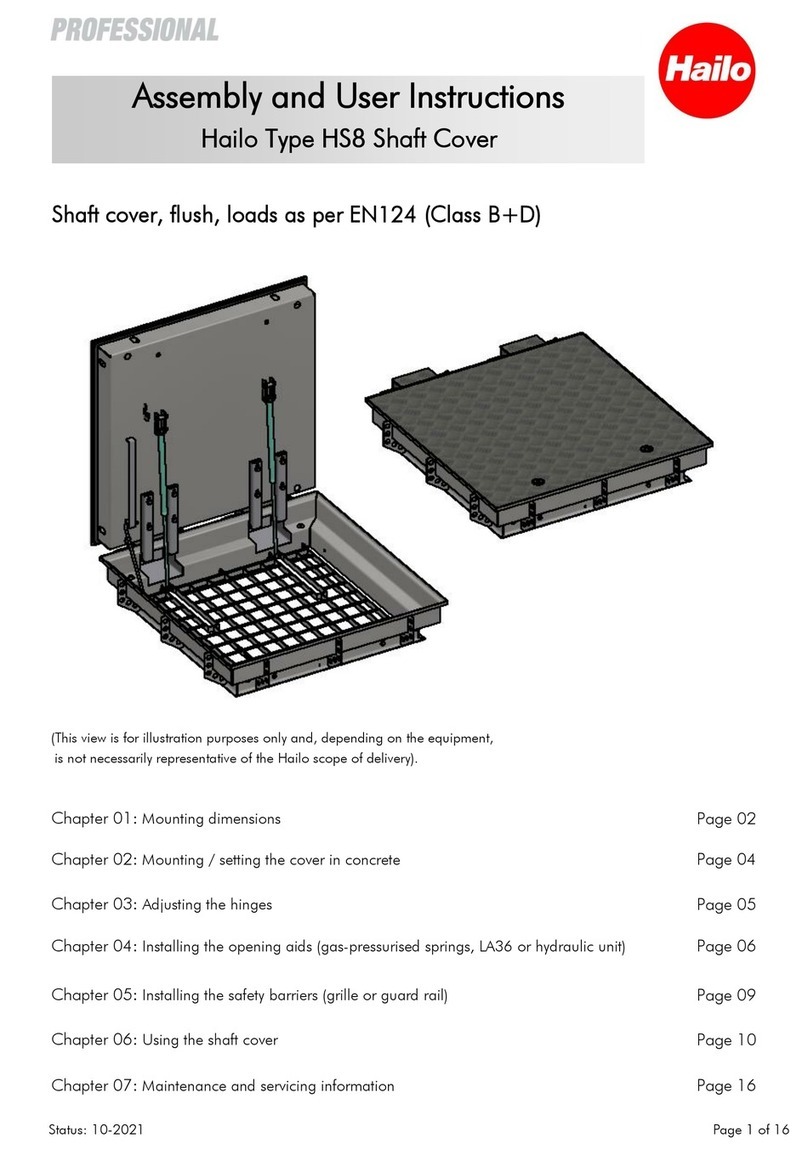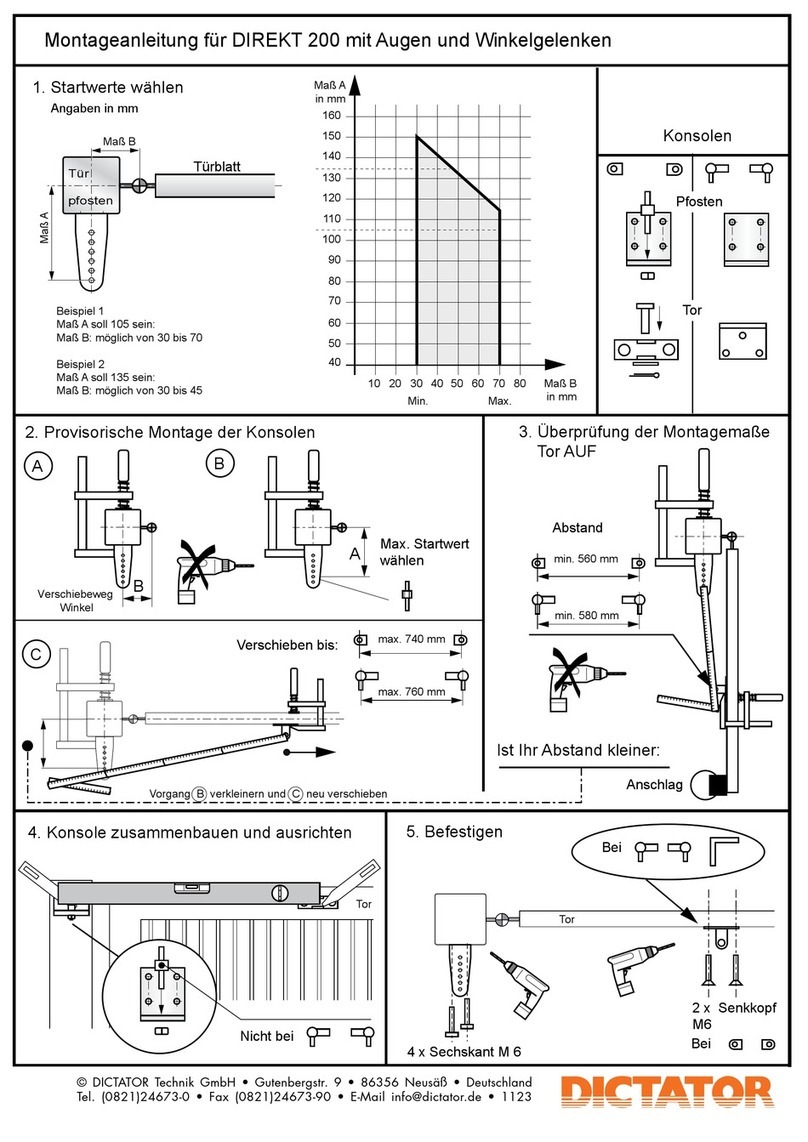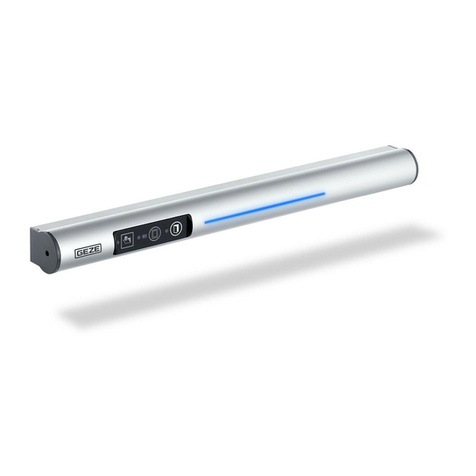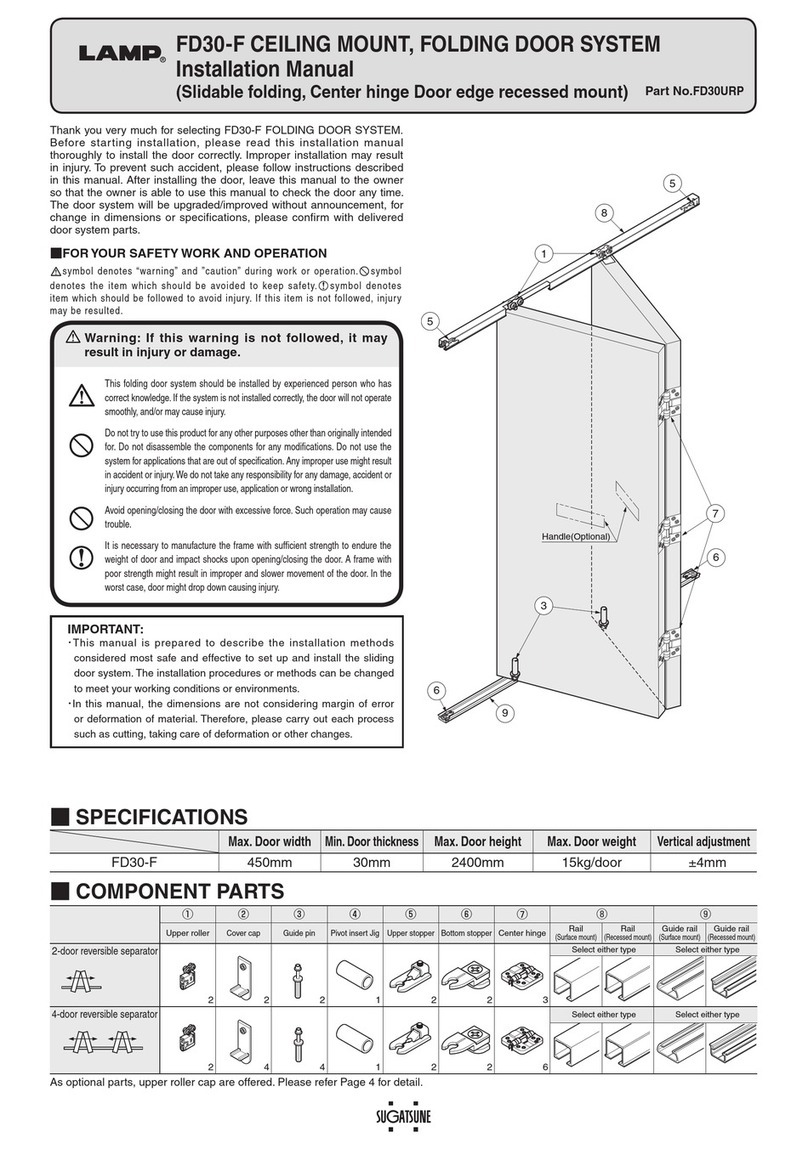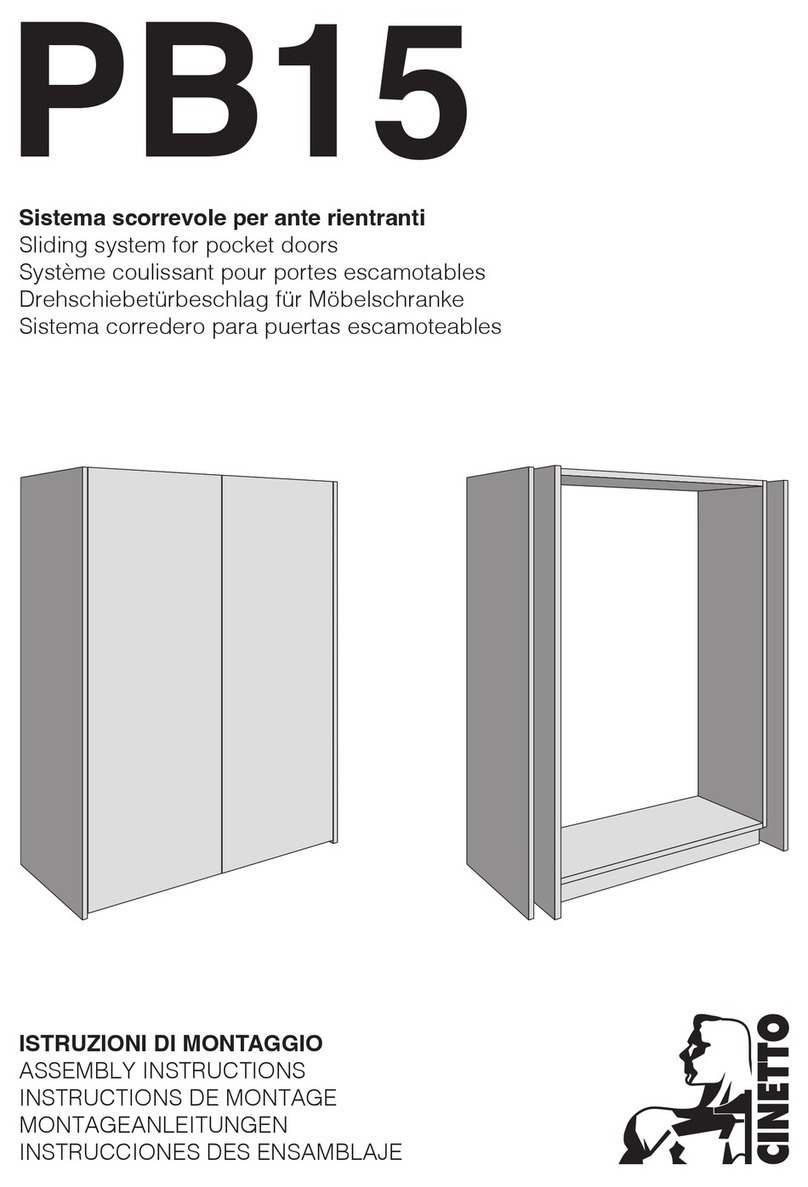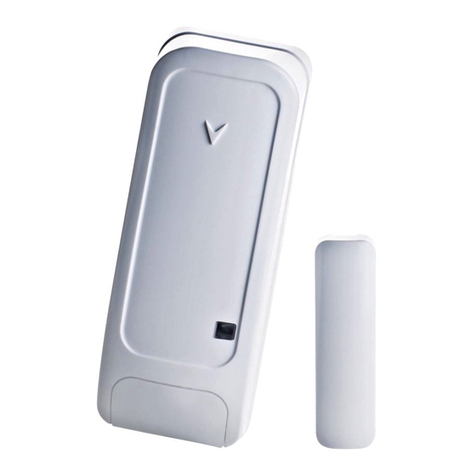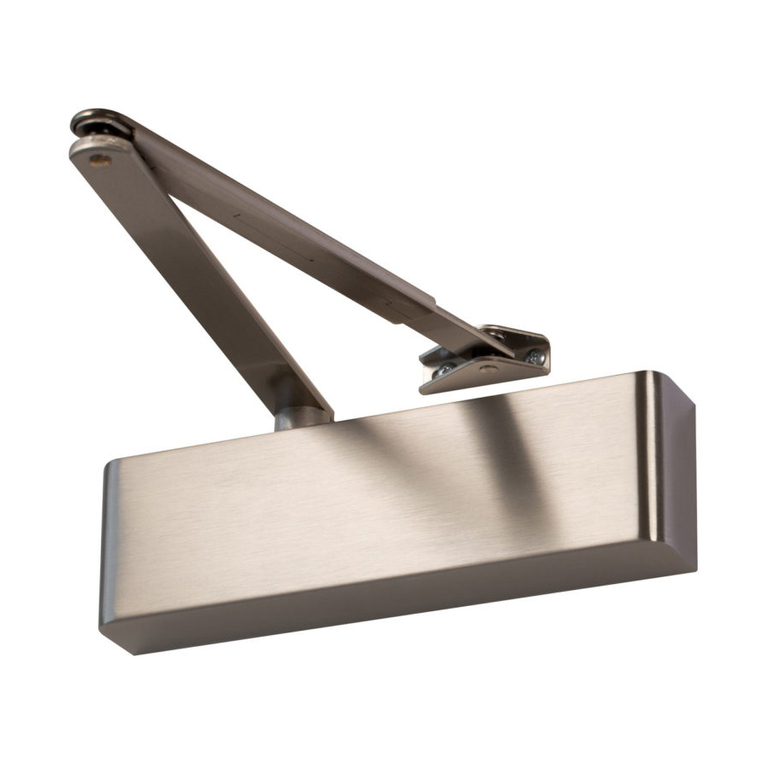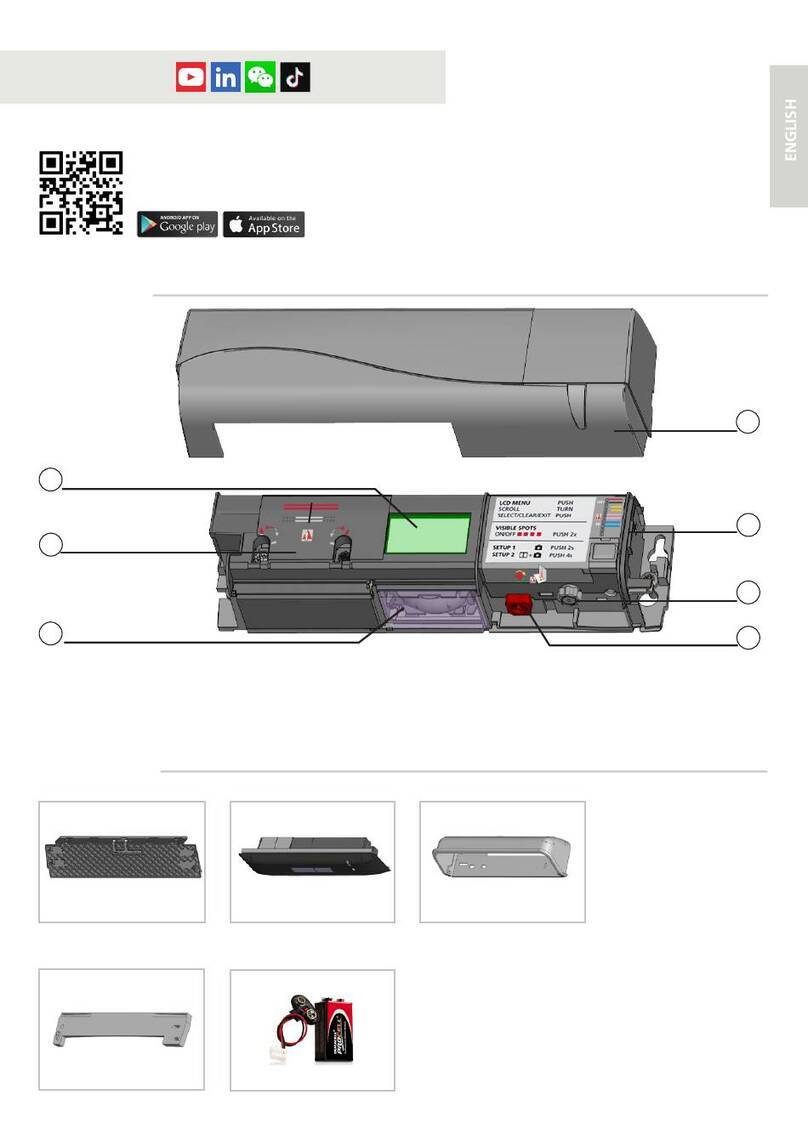
16 Instructions for Use iMotion 1302.KI T-1737 e
7 Appendix
7.1 Fault Table
System Behaviour No. Cause Remedy/ Rectification
The door stops when
opening.
H91 Electronic obstacle recognition
caused by persons, wind pressure
and ventilation when opening.
Remove the obstruction.
Avoid drafts.
Door reverses when
closing.
H92 Electronic obstacle recognition
caused by persons, wind pressure
and ventilation when closing.
Remove the obstruction.
Avoid drafts.
The door stops repeat-
edly when opening.
H93 Electronic obstacle recognition on
opening in the same position by sta-
tionary obstacle.
Remove the obstruction.
The door stops repeat-
edly when closing.
H94 Electronic obstacle recognition on
closing in the same position by sta-
tionary obstacle.
Remove the obstruction.
Search run notified. H62
H67
Search run of the door after a reset or
after power recovery.
Allow the search run to travel its full
course.
Door operates at a re-
duced speed.
H71 Battery operation Wait for power recovery
Switch on mains supply.
Door remains closed. – Operating mode for example OFF,
EXIT or P. The door is prevented from
moving by the lock.
E.g. select operating mode AUTO-
MATIC 1. Unlock the lock. Push the
door closed briefly.
Door remains open. – Operating mode for example OPEN or
P. The door is prevented from moving
by the lock.
E.g. select operating mode AUTO-
MATIC 1. Remove the obstruction.
The door remains
closed.
E31 The safety facility in the opening direc-
tion is permanently active (>1 minute)
or defective.
Remove objects from within the
range of the sensor(s).
The door remains open E32 The safety facility in the closing direc-
tion is permanently active (>1 minute)
or defective.
Remove objects from within the
range of the sensor(s).
The door does not
open or does not close.
E33 The safety facility for the swing area is
permanently active (>1 minute) or de-
fective.
Remove objects from within the
range of the sensor(s).
The door does not
open or does not close.
E34 The stop safety facility is permanently
active (>1 minute) or defective.
Remove objects from within the
range of the sensor(s).
The door remains
open.
E41
E42
E43
Activator inside is active > 1 min.
Activator outside is active > 1 min.
Key switch is active > 1 min.
Get sensor adjusted by a skilled
person.
Reset the key switch.
The door stands still E5.. Anomaly in the travel distance.
Solid obstruction in the movement
area.
Remove firm obstacle in the trav-
elling range of the door.
Perform a software-reset.
The door stands still E61
E62
Power supply is overloaded or volt-
age too low.
Get the power supply and connec-
tions checked by a skilled person.
The door stands still E64
E65
Drive/control system is overheated. Wait for the automatic reset after
the door/control system has
cooled.
Protect from direct sunlight.
The door stands still. E..
E8..
Control system shut down for safety
reasons.
Perform a software-reset.
The door collides with
people.
– Safety device or setting inadequate. Shut down the system.
(see section 2.6).




















